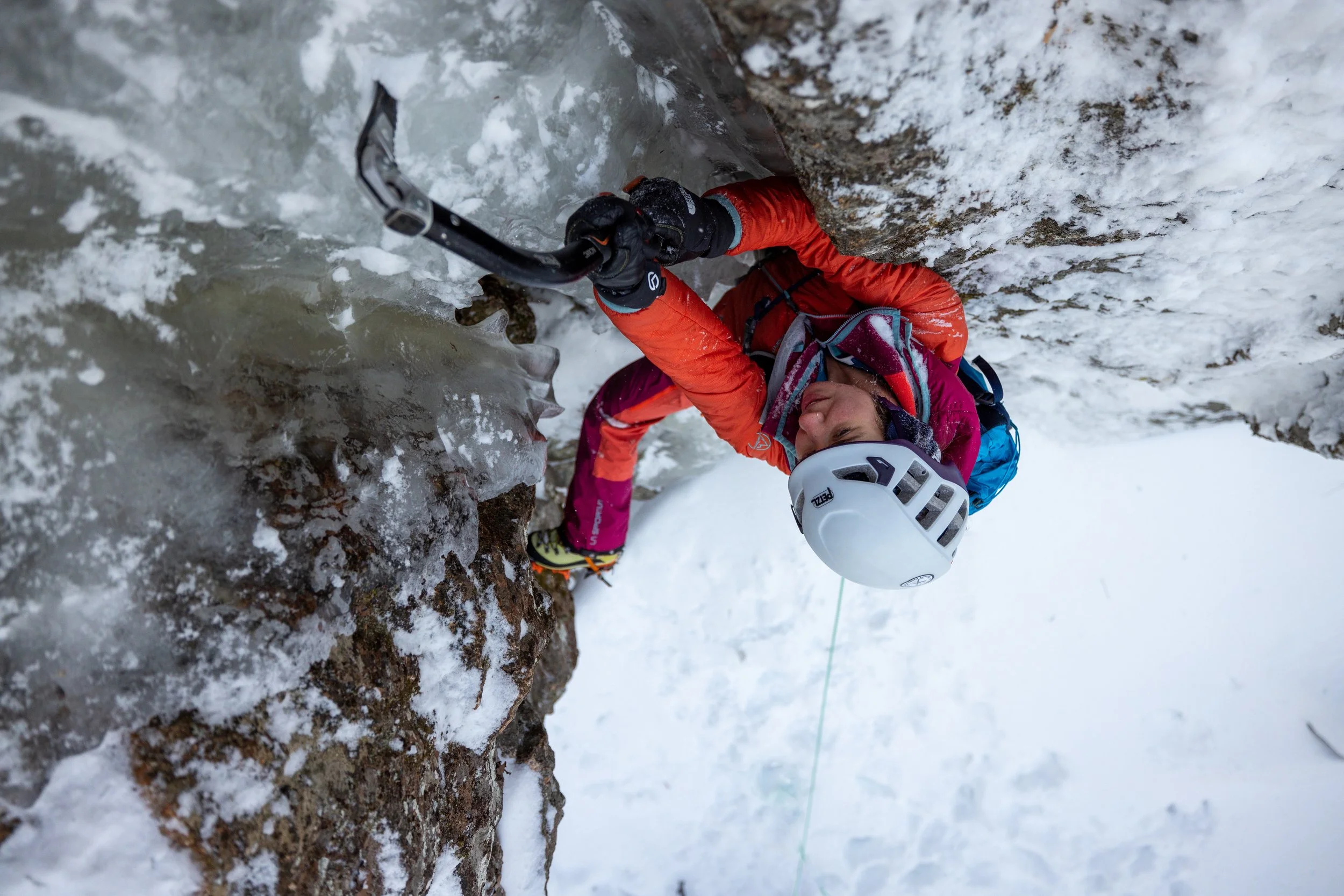As fall approaches, temperatures get cooler, the leaves start to change, and we start to put on more clothing. I have been testing the Ibex Breakaway Hoody all year and it has finally come to the market! I love this piece for climbing as well as hanging out after a long day in the mountains.
I started wearing this jacket during the ice season last year. It is great for ice climbing with its Schoeller® Wool stretch woven fabric and articulated elbows. The jacket also performed well in the Tetons during cool summer nights at high camp and frigid mornings heading up the Grand. The fabric held up well when scraping up chimneys, and there was very little if any pilling around the harness wear areas. Because the jacket is wool, it doesn’t retain odors, and its machine washability makes it easy to care for.
As the days tend to fade even further and the temps continue to drop, I will add the Indie Hoodie as a base layer and eventually the Wool Aire jacket for my complete layering system. Both jackets are available in both men’s and women’s should be on any climbers wish list for this coming fall and winter seasons!












































